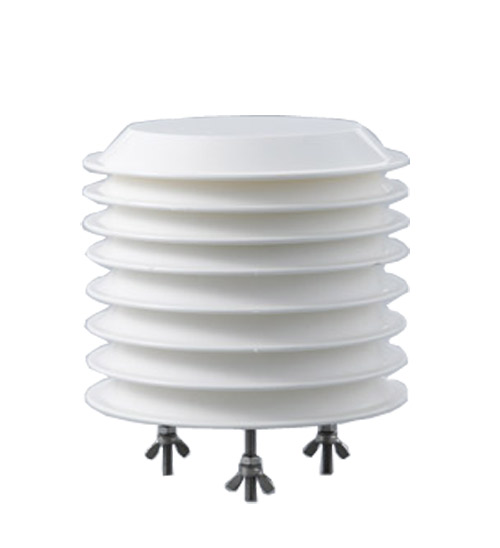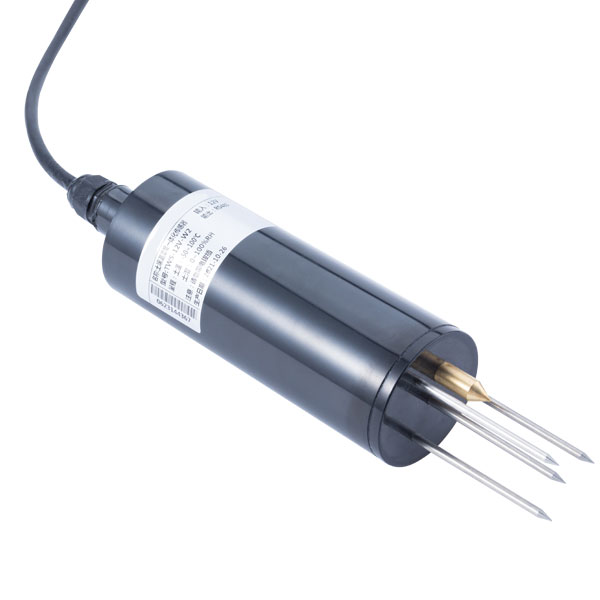

— Blogs —
—Products—
 Consumer hotline +8618073152920
Consumer hotline +8618073152920 WhatsApp:+8615367865107
Address:Room 102, District D, Houhu Industrial Park, Yuelu District, Changsha City, Hunan Province, China
Product knowledge
Time:2021-12-06 21:09:49 Popularity:1257
The 3 stages of AIoT development
Although AIoT has become the industry's technology development outlet, the development of AIoT will experience three development stages: stand-alone intelligence, interconnected intelligence, and active intelligence.
In the first stage, the stand-alone intelligent stage, the stand-alone system needs to accurately sense, recognize, and understand various instructions of the user, such as voice, gestures, etc., and make correct decisions, executions, and feedback. In this process, there is no mutual connection between the equipment and the equipment.
The second stage of the interconnected intelligence stage uses centralized cloud or edge computing to control multiple terminals (perceptrons) to form an interconnected product matrix, breaking the island effect of stand-alone intelligence, and continuously upgrading and optimizing intelligent experience scenarios . When the user speaks "sleep mode" to the air conditioner in the bedroom at night, the TV, speakers, curtains, and lights in the living room are automatically turned off.
In the third stage, the active intelligence stage, the intelligent system learns itself and proactively provides services suitable for users based on various information such as user behavior preferences, user portraits, and environment. For example, as the light changes in the morning, the curtains are automatically opened slowly, the sound box comes with pleasant wake-up music, and the air conditioner is adjusted to adapt to the temperature during the day.
The development of AIoT still faces many challenges, including four aspects: computing power, algorithms, platform compatibility, and security.
The first is computing power. The computing power of ordinary computers is limited, and it often takes weeks to months to train a model using it. Intensive and frequent use of high-speed computing resources is facing cost pressure;
The second is the algorithm. The training of AI requires a very long time. At present, it takes several weeks to train only some simple recognition. Facing the richness of future application scenarios, it is necessary to enhance it at the algorithm level. In addition, the basic algorithm is very complex, and the applied enterprise developers have insufficient capabilities.
The third is platform compatibility. Internet of Things products are fragmented, and there is a lack of coordination between the ecosystems of various AI companies. Local computing power, network connection capabilities, and incompatibility between platforms require the deployment of algorithms in the framework to a large number of things. There are many problems with large-scale deployment on networked devices;
The fourth is security. The correctness of artificial intelligence decision-making is affected by the accuracy of IoT data. The analysis structure of AI still lacks interpretability. AIoT still has the risk of being attacked and becoming a zombie IoT.
Sensors & Weather Stations Catalog
Agriculture Sensors and Weather Stations Catalog-NiuBoL.pdf
Weather Stations Catalog-NiuBoL.pdf
Related recommendations
Related products
 Atmospheric Temperature Humidity Pr···
Atmospheric Temperature Humidity Pr··· Soil Temperature Moisture Sensor 4-···
Soil Temperature Moisture Sensor 4-··· Air temperature, humidity and atmos···
Air temperature, humidity and atmos···
Screenshot, WhatsApp to identify the QR code
WhatsApp number:+8615367865107
(Click on WhatsApp to copy and add friends)